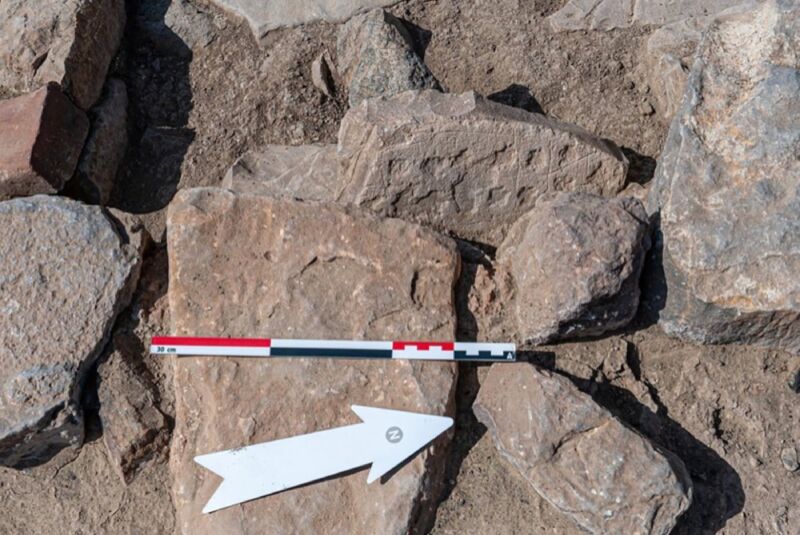In Oman, archaeologists discovered an unusual stone. It is, in fact, a 4,000-year-old board game, but more importantly, it is evidence of a Bronze and Iron Age civilisation in the Qumayrah valley in northern Oman.
At first look, it appears to be an ordinary stone in Oman’s mountain valleys. This one, however, was carved with markings and holes that were not placed by chance. Archaeologists are precise, showing a carved grid of 13 squares, each with a centre indentation: this game delighted its creators 4000 years ago.
Games based on similar themes were played in numerous economic and cultural hubs during the Bronze Age. The most well-known example of a game board discovered is Ur, which was unearthed in the royal tombs of the same name in Iraq and dated to 2600 BC.
Archaeologists are now attempting to comprehend the game’s laws, which has taken 50 years of research by Ur game researchers.
The discovery of this game, together with copper and statuettes in the shape of towers, demonstrates the ancient civilization’s prosperity. The settlement very certainly contributed to Oman’s wealthy copper trade. Ayn Bani Saidah was initially a key crossroads connecting Bat to the south, Buraimi and Al-Ayn to the north, and the ocean shore at Sohar to the east.
These new finds shed light on the lifestyle of the people who lived in this little-studied part of Oman millennia ago.
“The abundance of site traces demonstrates that this valley was an important place in Oman’s prehistory”, said prof. Bieli?ski of the Polish Center for Mediterranean Archaeology at Warsaw University.
The excavations in the valley where vestiges of the Umm an-Nar civilisation have been discovered will be continued by a team directed by Prof. Bieliski and Dr Sultan al-Bakri from the Sultanate of Oman’s Ministry of Heritage and Tourism.

